Southern Salvia Suggestions
danita
17 years ago
Related Stories
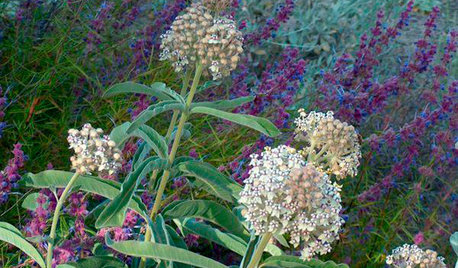
GARDENING GUIDES10 Top Native Plants for Southern California Gardens
Enjoy a fuss-free, water-wise garden by growing plants naturally in tune with the climate and wildlife of Southern California
Full Story
INSPIRING GARDENSNative Plants Bring 10 Southern California Front-Yard Gardens to Life
Rare plants, rain gardens and wildlife habitats are just a few of the features showcased on the 2016 Theodore Payne Native Plant Garden Tour
Full Story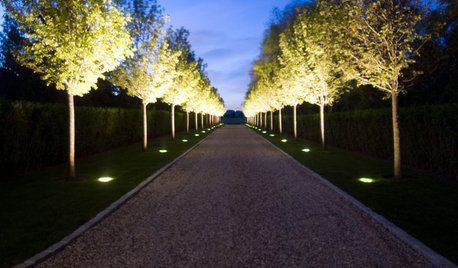
LANDSCAPE DESIGN6 Suggestions for Harmonious Hardscaping
Help a sidewalk, driveway or path flow with your garden design, for a cohesive and pleasing look
Full Story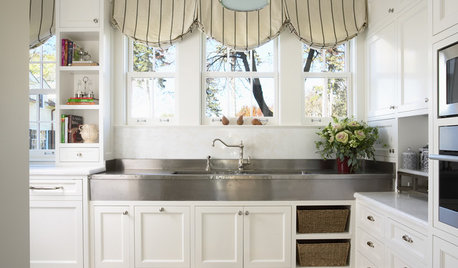
KITCHEN STYLESNew Southern Style for the Kitchen
Gracious tradition is alive and well, bless its heart, but Southern kitchens are welcoming in modern updates too
Full Story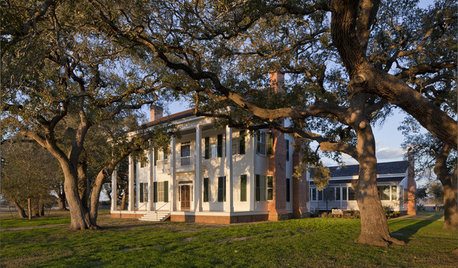
TRADITIONAL STYLEOutfit a Southern Plantation-Style Home — Paint to Porch Furnishings
Go for the charm with these curated picks that create a Southern look in all its gracious glory
Full Story
TREESGreat Design Plant: Southern Magnolia, Iconic U.S. Native
Massive, fragrant blooms and deep green leaves set Magnolia grandiflora apart from other large shade trees
Full Story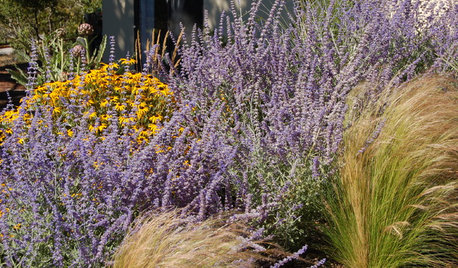
CALIFORNIA GARDENINGSouthern California Gardener's November Checklist
Sow wildflower seeds while ye may, give berries some love and pay attention to produce for garden veggies all winter long
Full Story0
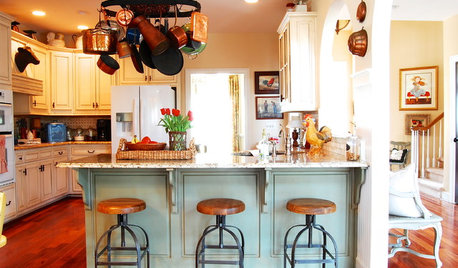
HOUZZ TOURSMy Houzz: French Country Meets Southern Farmhouse Style in Georgia
Industrious DIYers use antique furniture, collections and warm colors to cozy up their traditional home
Full Story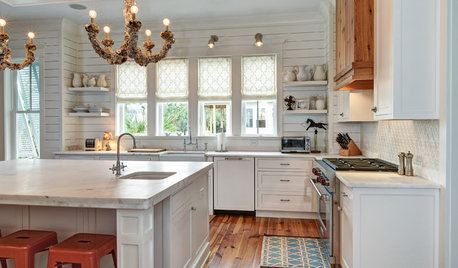
KITCHEN DESIGNKitchen of the Week: Classic Style for a Southern Belle
Marble counters, white finishes and even a pair of chandeliers give this South Carolina kitchen a timeless feel
Full Story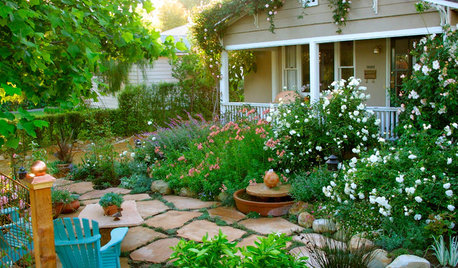
GARDENING GUIDESSouthern California Gardener's October Checklist
Get planting happy this month — so many natives, bulbs, cool-season flowers and vegetable crops to choose from, so little time ...
Full StorySponsored
Leading Interior Designers in Columbus, Ohio & Ponte Vedra, Florida
More Discussions






helena_z8_ms
rich_dufresne
Related Professionals
Forest Acres Landscape Architects & Landscape Designers · Kapaa Landscape Architects & Landscape Designers · Oconomowoc Landscape Architects & Landscape Designers · Burlington Landscape Contractors · Edmond Landscape Contractors · Battle Ground Landscape Contractors · Las Vegas Landscape Contractors · National City Landscape Contractors · North Richland Hills Landscape Contractors · Pikesville Landscape Contractors · Riverview Landscape Contractors · St. Louis Landscape Contractors · Wailuku Landscape Contractors · Malibu Outdoor Lighting & Audio Visual Systems · Riverside Siding & ExteriorsdanitaOriginal Author
dicot
shari1332
ccl38
rich_dufresne